
3,99 €
Sofort per Download lieferbar

20,99 €
Versandfertig in über 4 Wochen
Ähnliche Artikel

8,95 €
Sofort per Download lieferbar
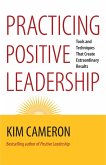
13,95 €
Sofort per Download lieferbar

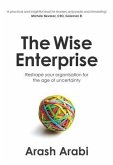
6,99 €
Sofort per Download lieferbar
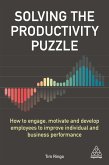
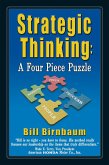
8,49 €
inkl. MwSt. und vom Verlag festgesetzt.
Sofort per Download lieferbar

12,85 €
inkl. MwSt. und vom Verlag festgesetzt.
Sofort per Download lieferbar
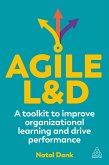
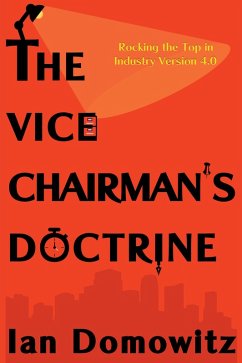
10,95 €
Sofort per Download lieferbar
Ähnlichkeitssuche: Fact®Finder von OMIKRON

